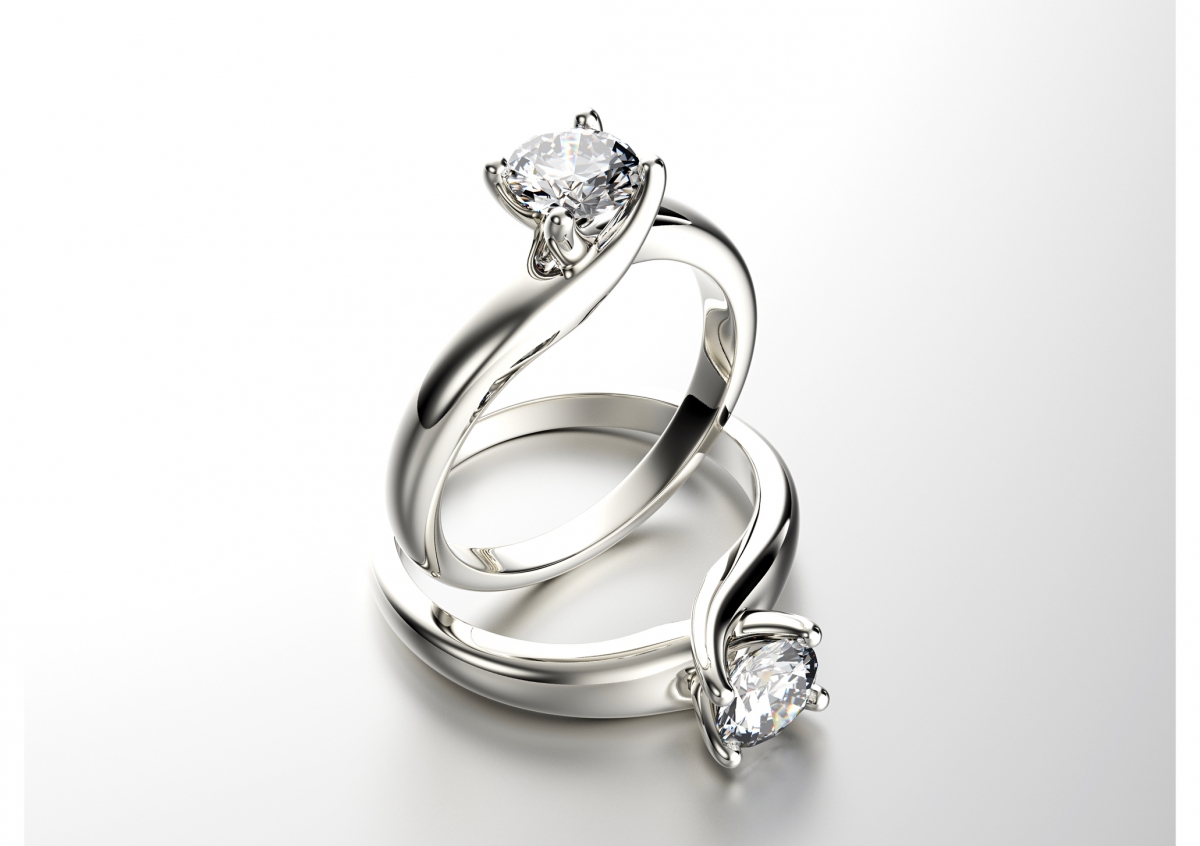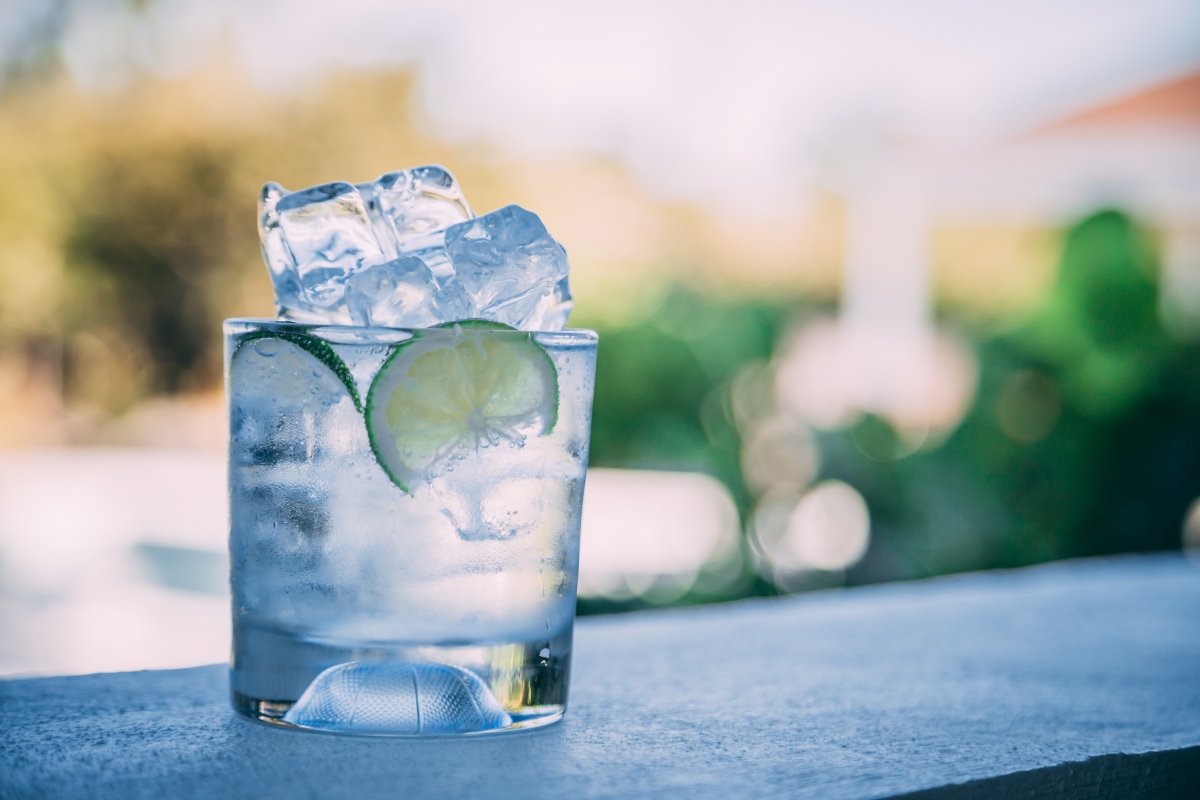
Many clients ask me if gin is the best thing to clean their diamond ring or diamond jewellery with and my answer remains and will always remain the same. What a complete and utter waste of gin! What about vinegar? Only if you want to smell like a chip shop at the end of the process.
My professional advice is, of course, that we should be careful with where and when we are wearing our diamond jewellery (rock climbing anyone?!) but we all know the reality is that many people wear pieces, such as their engagement rings, all, or almost all the time. This means that our diamonds can start to look a bit dull and that is down to a combination of factors - the oil from our skin, bits of playdough, the soil from the veg patch, hand cream, etc., clogging up the settings and adhering to the surface of the diamonds.
So, what are my top tips on keeping your diamonds looking at their best?
1. Take advice from me as part of an annual MOT of your jewels. Is your diamond ring suitable for home cleaning? Are the claws to your diamond jewellery strong and intact? Is the piece antique and with foiled back settings that will become damaged and discoloured if submerged? And so on….remember, you could do more a LOT more harm than good so please do not embark on this process before checking it is ok to do so.
2. In everyday wear, try to keep from wiping your fingers across the surface of the diamond/s as the natural oils in our skin will adhere to the stones and reduce the lustre.
3. Assuming you've been given the go ahead that your diamond ring or piece of diamond jewellery can be cleaned at home, then every so often, pour some warm (not boiling) water into a dish with a squeeze of household dishwashing detergent, or the contents of a washing machine liquid capsule, pop your jewel in (on its own, don't put all of your pieces in together as the diamonds will scratch each other - remember, diamonds are hard but can be damaged) and then brush VERY GENTLY with an soft, clean toothbrush. Remember, if you are too enthusiastic, you could dislodge stones or damage claws.
4. Put the plug in the sink (it sounds obvious, but I have heard of lots of people who had to get very familiar with their U-bends), use a sieve, drain and rinse the pieces of diamond jewellery with warm water. Dry off with a soft, lint free cloth.
5. Pour yourself a gin and tonic with the gin you haven't wasted and relax whilst admiring your sparkly diamonds.

Never undertake this process with older or antique pieces, or on gemstones such as emeralds, pearls and corals. Don't use abrasive substances, chlorines or bleaches. The process is designed to make your diamonds sparkle, it won't bring the metal back to looking like new but will certainly make a difference when you head out on the town for your that party you've been looking forward to.
It's a good idea to have your jewellery and all settings checked over annually by me, and many insurers will require this of you too - perhaps even asking for a written report stating you have done so. After all, losing a stone is very upsetting and can often be avoided by regular maintenance. It is an opportunity for us to chat through the suitable cleaning processes for all pieces, not just your diamonds, as well as looking to see if any claws need attention, clasps strengthened and if you'd like a full professional clean and polish of your pieces arranged. After all, we get our cars MOT'd, why wouldn't we want to look after and maintain our most treasured valuables too?
If you'd like further details or advice regarding checking over your jewellery, arranging restorations or providing a report on the condition of your pieces, please contact me.
